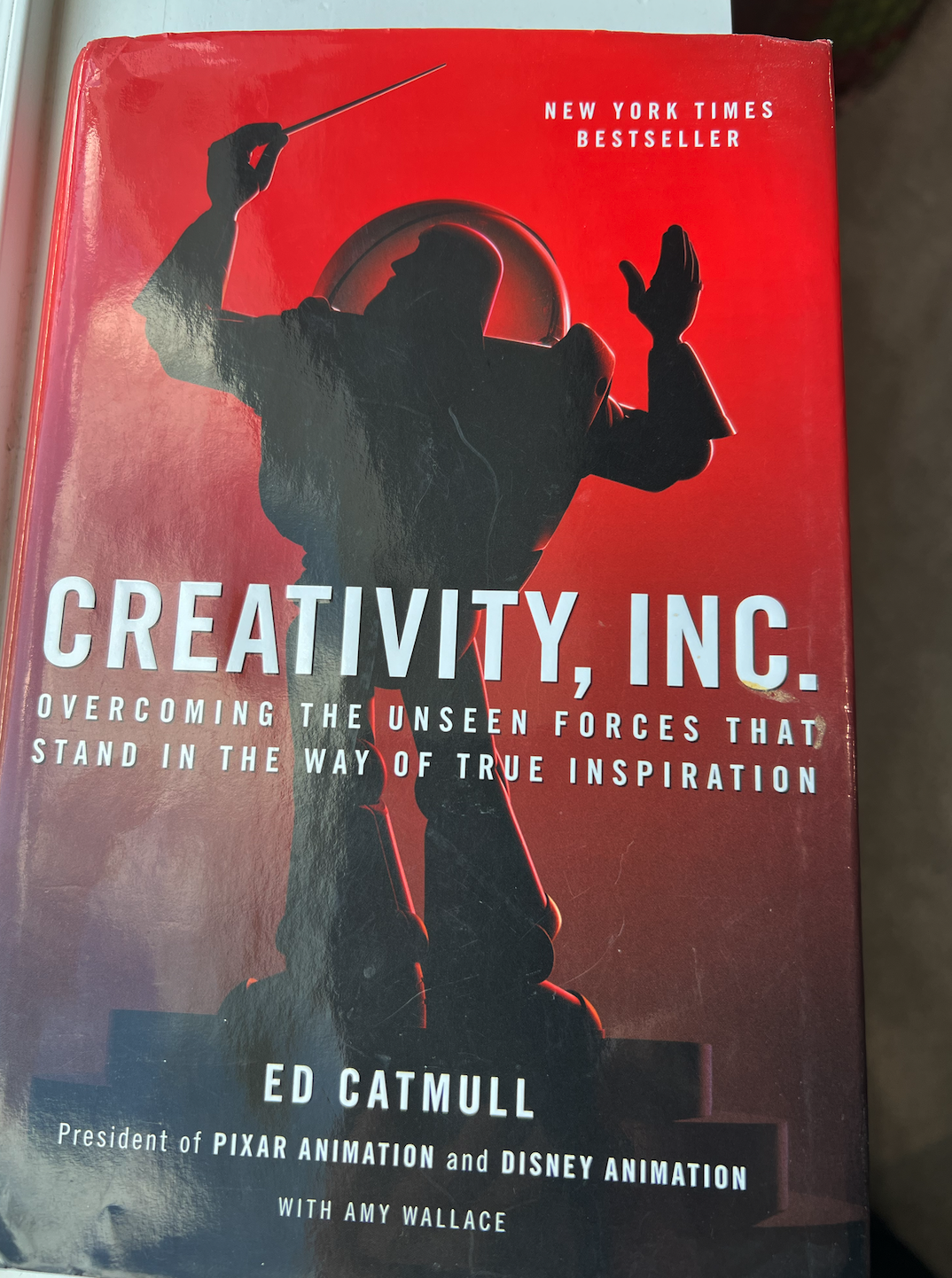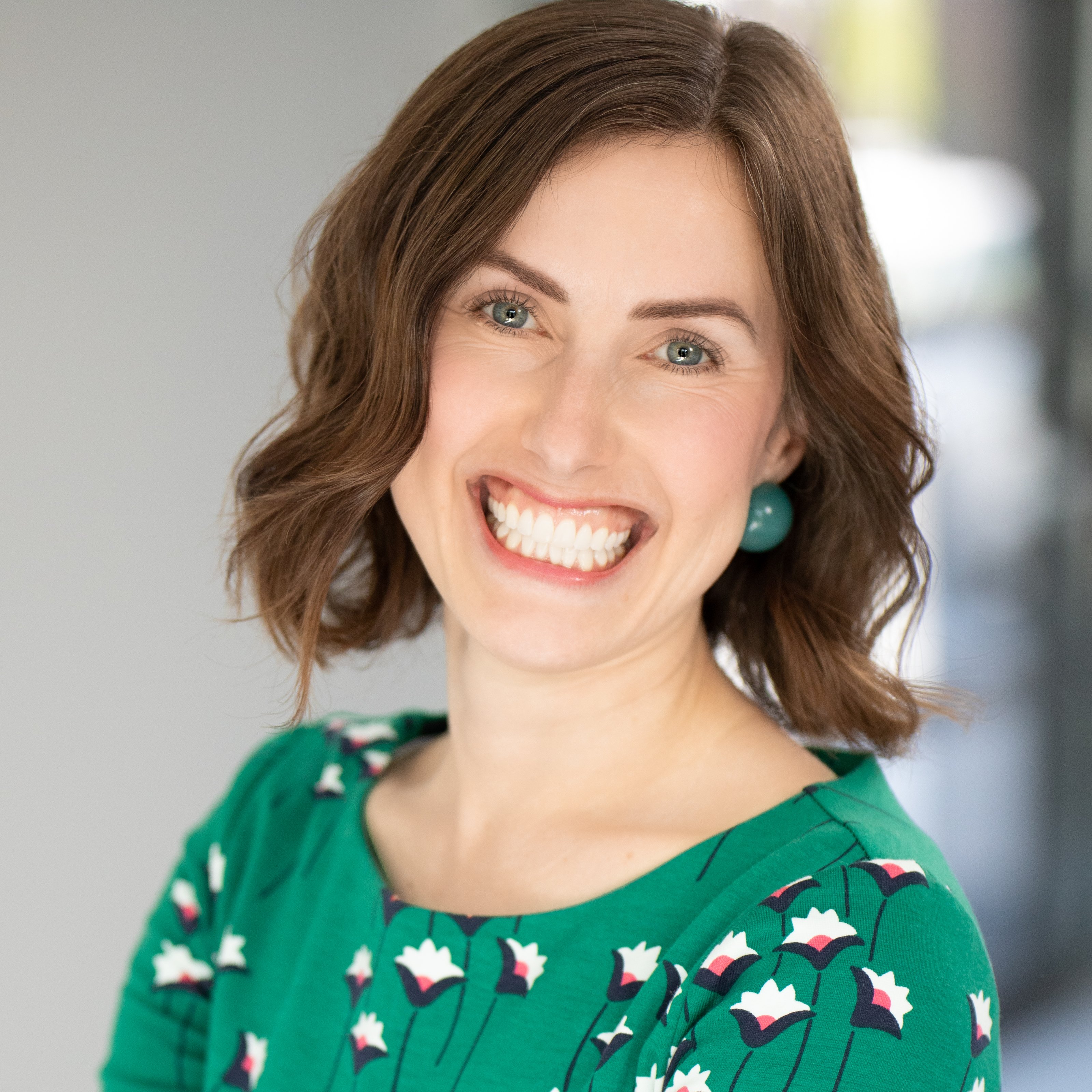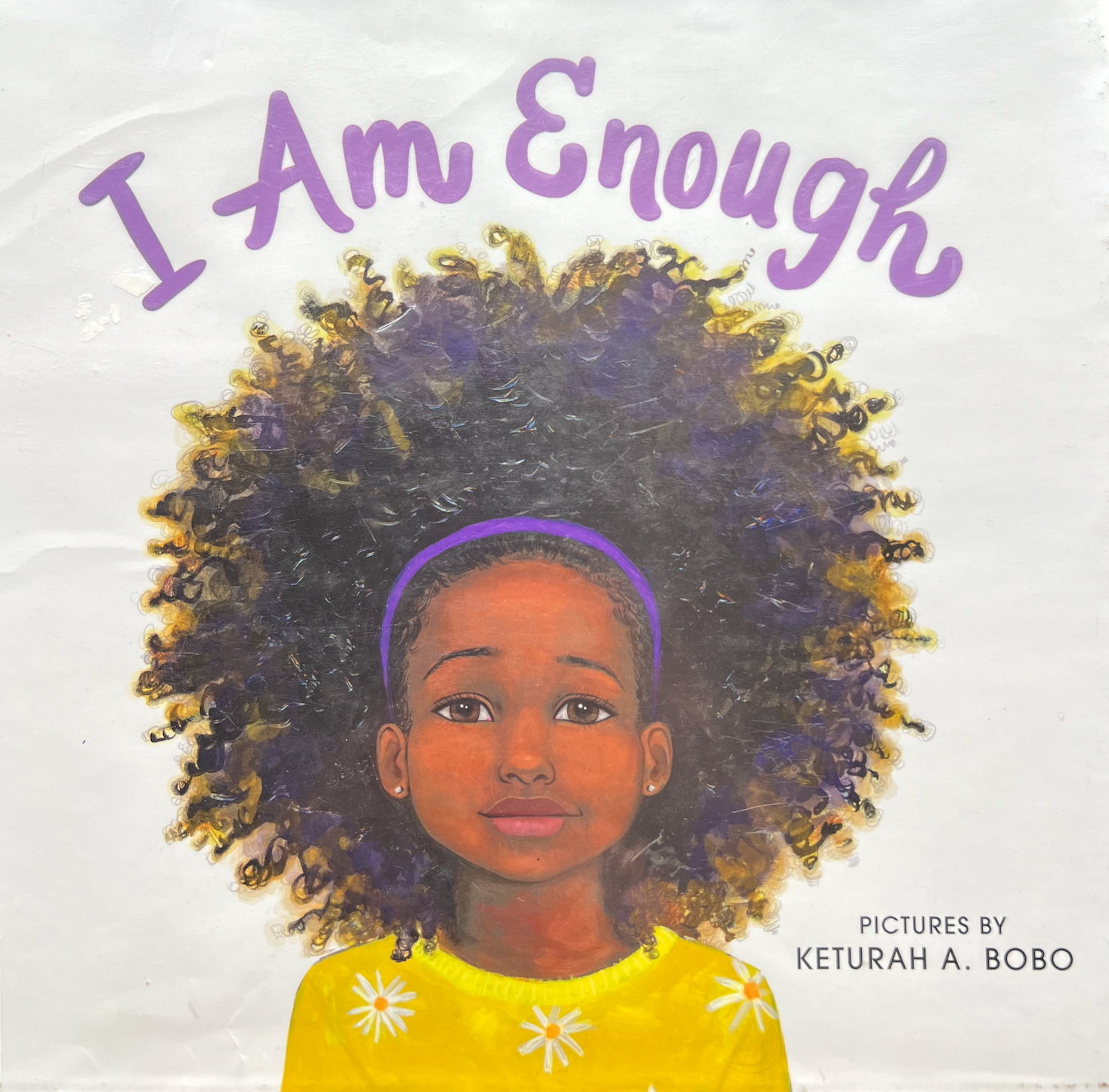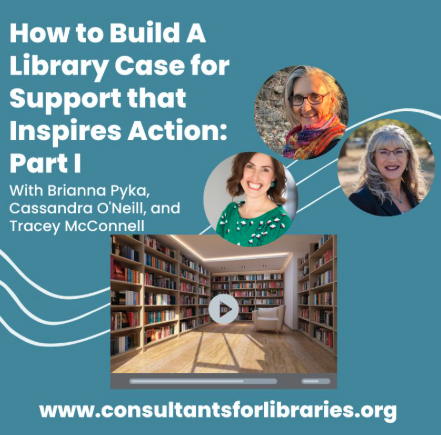Donor Engagement: Connecting with Those Who Can Give
- 4 mins
Creating meaningful relationships with potential library supporters requires strategy, authenticity, and persistence. Here's how library teams can effectively engage potential donors.
Understanding Your Library's Funding Landscape
Libraries are increasingly dependent on private giving. According to the American Library Association, public libraries alone face over $1.5 billion in deferred maintenance and capital projects, while academic libraries grapple with journal subscription costs rising 6% annually. Despite these challenges, potential donors exist in every community who care deeply about literacy, education, and public spaces.
As a library team, you've likely identified individuals with giving capacity, but that crucial first connection can feel daunting. Let's explore practical approaches to bridge this gap.
Begin with Research That Matters
Before sending that first email or making that initial call, invest time in targeted research:
When we coach libraries on how to begin developing a relationship with a potential major donor, we create what we call a 'passion profile.’ We want to know what specifically about our library might resonate with them.
Consider gathering:
- Past giving history to libraries or related cultural institutions
- Connections to existing library donors or board members
- Participation in library programs or events
- Professional background that might align with specific collections
- Family literacy connections (e.g., children who benefited from summer reading)
This foundation helps personalize your approach and demonstrates respect for the donor's time.
The Initial Outreach: Personalization is Non-Negotiable
Generic form letters and "Dear Friend" emails typically find their way to trash folders. Instead:
- Leverage authentic connections: Our most successful donor relationships begin with a warm introduction from a board member or existing donor. Never underestimate the value of having someone who can vouch for both your library's impact and your professionalism.
- Reference specific interests: "I noticed you attended our recent author lecture on architectural history, and given your professional background in historic preservation..."
- Lead with impact, not need: "Your support could help expand our digitization project for local historical newspapers, making these resources accessible to researchers worldwide..."
- Provide a clear, low-pressure next step: "I'd welcome the opportunity to give you a behind-the-scenes tour of our special collections department to show you what we're currently working on."
Beyond the First Meeting: Building Sustained Engagement
The first meeting is just the beginning. Building donor relationships requires thoughtful cultivation:
Most library teams make the mistake early on of asking for major gifts too quickly. Instead, focus on the cultivation cycle that might take 12-18 months before discussing significant support.
Effective engagement strategies include:
- Invitation to exclusive events: Private curator talks, pre-opening exhibition viewings, or author receptions create special access that demonstrates value.
- Volunteer opportunities aligned with expertise: Engaging potential donors through volunteer opportunities aligned with their professional expertise creates powerful pathways to financial support. When individuals contribute their specialized knowledge and skills before making financial commitments, they develop firsthand understanding of organizational needs and challenges.
- Recognition that matches donor preferences: Some donors appreciate public acknowledgment, while others prefer quiet recognition. It’s important to always ask potential donors how they like to be recognized. It is a seemingly small detail that demonstrates they are seen as individuals, not checkbooks.
- Regular updates on areas of interest: Brief, personalized emails about developments in their area of interest keep the connection warm without being intrusive.
When and How to Make the Ask
Timing the solicitation requires careful attention to engagement signals:
We recommend looking for 'leaning in' behaviors. Is the potential donor asking detailed questions about programs? Are they bringing friends to events? Have they made smaller gifts that could indicate readiness for larger commitment?
When these signals appear:
- Schedule a dedicated meeting: Be transparent that you wish to discuss support, so they aren't surprised.
- Connect to specific impact: "Your gift of $25,000 would allow us to complete the children's reading room renovation by fall, impacting over 500 children weekly who utilize that space."
- Offer giving options: "Some donors prefer to establish endowments for collection development, while others find capital projects more appealing. What aspects of our mission resonate most with you?"
- Be prepared with specific amounts: Research-based gift suggestions demonstrate professionalism and respect for the donor's capacity.
Learning from Resistance
Not every potential donor becomes an actual donor. When faced with hesitation:
Even a 'not yet' answer is valuable feedback. It tells you that you may need to build more trust or better align opportunities with donor interests.
Consider asking:
- "What aspects of our library's work do you find most compelling?"
- "Are there other ways you might prefer to engage with our mission?"
- "Would you be comfortable sharing what might make this opportunity more appealing?"
This information helps refine future approaches not just with this prospect but with your entire development strategy.
Technology Tools That Support Personal Connection
While relationship-building remains fundamentally human, technology can enhance your effectiveness:
- Donor management systems: Platforms like Bloomerang or Raiser's Edge help track interactions and preferences.
- Meeting scheduling tools: Calendly or Acuity streamline appointment setting without endless email exchanges.
- Video conferencing options: For donors unable to visit in person, virtual tours can create meaningful connections.
We recommend implementing a simple system where you can set quarterly contact goals for each major prospect. This ensures no potential relationship falls through the cracks during busy periods.
Patience and Persistence Pay Off
Library fundraising rarely produces overnight success. The most significant gifts typically come after years of thoughtful engagement.
By approaching donor development as relationship-building rather than transactional fundraising, libraries can create sustainable giving programs that support their missions for generations to come. Remember that behind every potential major gift is a person who cares about community impact—your job is simply to help them express that care through meaningful support of your library.
Remember: authentic connection always trumps fundraising techniques. When donors feel genuinely valued for more than their financial capacity, they become not just supporters but advocates for your library's mission.




